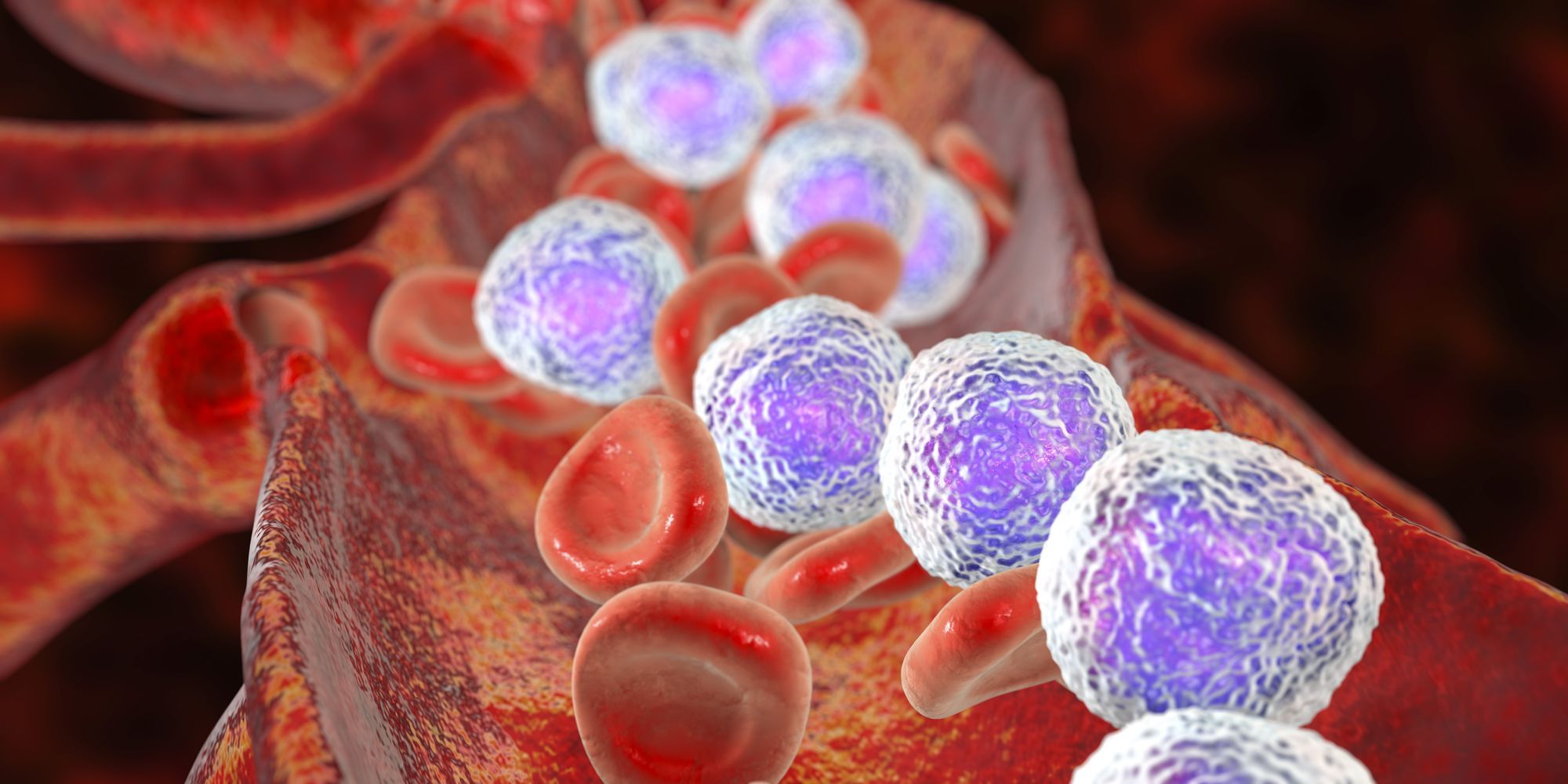Acalabrutinib Combo Receives EU Approval for Mantle Cell Lymphoma
Support for the decision follows a positive opinion from the Committee for Medicinal Products for Human Use based on the phase 3 ECHO trial results.
The risk of disease progression or death was reduced among older patients who received the acalabrutinib investigational regimen vs standard-of-care chemotherapy in the frontline setting for previously untreated MCL.

Acalabrutinib (Calquence) plus bendamustine (Treanda) and rituximab (Rituxan) has received approval from the European Union (EU) as a frontline treatment for adult patients with previously untreated mantle cell lymphoma (MCL) ineligible for autologous hematopoietic stem cell transplantation (HSCT), according to a news release from the drug’s developer, AstraZeneca.1
EU approval follows a positive opinion from the Committee for Medicinal Products for Human Use in March 2025 based on results from the randomized, double-blind, phase 3 ECHO trial (NCT02972840).2 Updated trial findings were recently published in the Journal of Clinical Oncology.3 Therein, the risk of disease progression or death was reduced among older patients who received the investigational regimen vs standard-of-care chemotherapy in the frontline setting for previously untreated MCL (HR, 0.73; 95% CI, 0.57-0.94; P = .016).
Furthermore, the median progression-free survival (PFS) with the acalabrutinib-based regimen was 66.4 months (95% CI, 55.1-not evaluable) vs 49.6 months (95% CI, 36.0-64.1) with chemotherapy alone. Benefit was observed across all subgroups. Additionally, the overall response rates (ORRs) in the respective arms were 91.0% (95% CI, 87.3%-93.8%) and 88.0% (95% CI, 83.9%-91.3%), with respective complete response (CR) rates of 66.6% and 53.5%. Overall survival (OS) was not significantly higher with the investigational therapy (HR, 0.86; 95% CI, 0.65-1.13; P = .2743).
“This approval provides a new first-line treatment option for patients in the EU with [MCL], an aggressive lymphoma with a dismal long-term outcome still today,” study investigator Martin Dreyling, MD, professor of medicine and head of the Lymphoma Programme at the Department of Medicine at Ludwig Maximilian University Hospital in Munich, Germany, said in the news release.1 “With a [PFS] improvement of more than 16 months for these patients, the acalabrutinib combination is a much-needed advance in this challenging disease.”
Patients eligible for enrollment (n = 598) were randomly assigned 1:1 to receive either 100 mg of twice-daily acalabrutinib (n = 299) or comparable placebo (n = 299) with standard-of-care chemotherapy and rituximab. Random assignment was stratified by geographic location and simplified MCL International Prognostic Index score.
All patients in the trial received 90 mg/m2 of bendamustine on days 1 and 2 as well as 375 mg/m2 of rituximab on day 1 of each 28-day cycle for 6 cycles as induction. Those who attained CRs or partial responses received the same rituximab dose as maintenance on day 1 of even cycles starting at cycle 8 and continuing through cycle 30. Treatment was administered until disease progression or unacceptable toxicity.
In each arm, 297 patients received at least 1 dose of study treatment and were included in the safety analysis. The median age was 71 years (range, 65-86), and treatment arms were balanced regarding patient characteristics.
The primary study end point was PFS assessed by independent committee review. Secondary end points included ORR, OS, and safety.
The frequency of any-grade treatment-emergent adverse effects (TEAEs) was 99.7% in the investigational arm and 99.0% with placebo. Grade 3 or higher serious AEs occurred in 64.3% and 55.9% of the respective arms. The most common TEAEs occurring in the acalabrutinib and placebo arms, respectively, included nausea (42.8% vs 37.7%), neutropenia (40.1% vs 41.4%), diarrhea (37.4% vs 27.9%), COVID-19 (30.6% vs 20.9%), and headache (30.3% vs 14.1%).
Grade 3 or higher infections occurred in 41.1% of the acalabrutinib arm vs 34.0% of the placebo arm, with differences attenuated when adjusting for treatment exposure. Additionally, grade 3 or higher COVID-19 events occurred in 20.2% vs 16.8% of the respective arms, including 9.4% and 6.7% experiencing grade 5 events.
The acalabrutinib combination regimen was approved by the FDA for adult patients with previously untreated MCL not amenable to autologous HSCT in January 2025.4
References
- Calquence plus chemoimmunotherapy approved in the EU as first and only BTK inhibitor for 1st-line mantle cell lymphoma. News release. AstraZeneca. May 6, 2025. Accessed May 6, 2025. https://tinyurl.com/yjjmhdem
- Calquence plus chemoimmunotherapy recommended for approval in the EU by CHMP as first and only BTK inhibitor for 1st-line mantle cell lymphoma. News release. AstraZeneca. March 31, 2025. Accessed May 6, 2025. https://tinyurl.com/59we5a28
- Wang M, Salek D, Belada D, et al. Acalabrutinib plus bendamustine-rituximab in untreated mantle cell lymphoma. J Clin Oncol. Published online May 1, 2025. doi:10.1200/JCO-25-00690
- FDA approves acalabrutinib with bendamustine and rituximab for previously untreated mantle cell lymphoma. FDA. January 16, 2024. Accessed May 6, 2025. https://shorturl.at/fTW0O
Highlighting Insights From the Marginal Zone Lymphoma Workshop
Clinicians outline the significance of the MZL Workshop, where a gathering of international experts in the field discussed updates in the disease state.